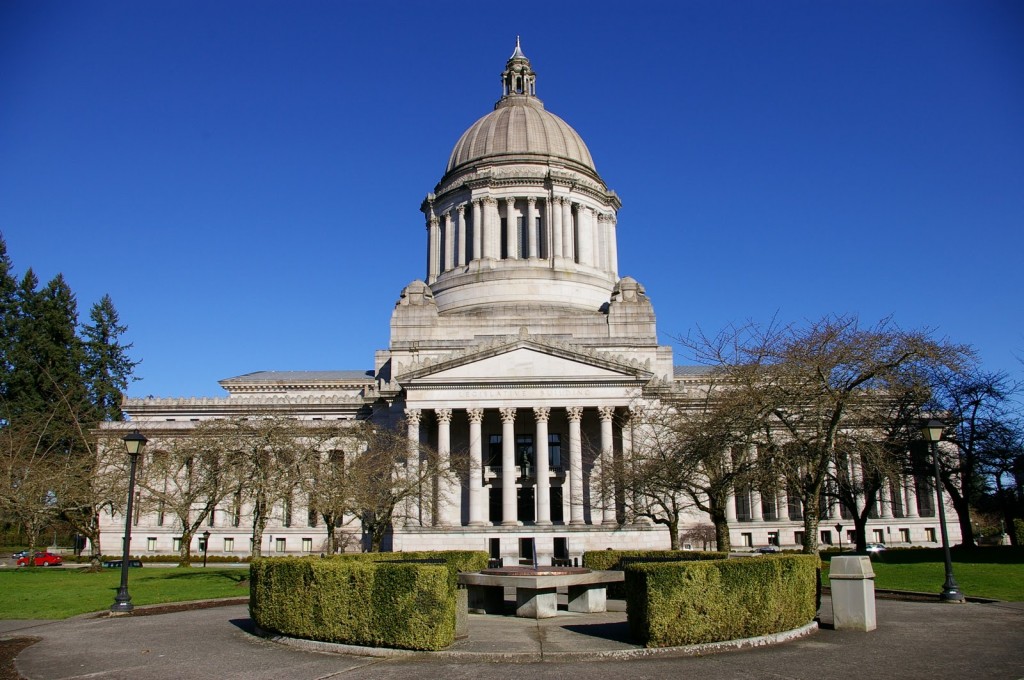Governor Inslee, Senator Ranker and Representative Fitzgibbon put forth the following recommendations.

Click for the full report.
SUMMARY
1. Proposed Actions to Meet Washington’s Carbon Pollution Statutory Limits To meet the statutory charge, we propose the following five programs be developed and implemented in Washington:
1) A cap on carbon pollution emissions should be established. It should set binding limits that reduce emissions over time and institute the necessary market mechanisms to meet the cap in the most effective and efficient manner possible. Establishing a cap on carbon pollution emissions is the most certain and fair way to tackle this challenge, and will provide the foundation for other actions. This cap-and-market program should focus on the larger emission sectors such as transportation, buildings and electricity, as they account for most of the forecasted Washington emissions. The program should include allowance policies, cost containment and other options and measures that help offset the cost impact to consumers and workers, protect low-income households and assist energy-intensive, trade-exposed businesses in their transition from carbon-based fuels. It should also establish a clear framework for oversight and regulation of the markets.
2) Adopt measures to reduce our use of electricity generated by coal-powered facilities in other states. We should seek to negotiate agreements with key utilities and others to reduce and eliminate the use of electrical power produced from coal over time. Though coal is used for a relatively small share of our electricity, it generates most of the carbon pollution emissions from this sector.
3) Establish an energy smart building program to include promotion of new financing, incentives and support. The program should encourage the construction of new buildings that are as energy-neutral as possible, with advanced building design, efficient appliances, on-site power generation and smart controls. For existing buildings, the program should establish cost-effective, energy-efficiency retrofits as the norm, not the exception, with support systems to assist businesses and homeowners. We know energy efficiency is one of the most cost-effective ways to reduce emissions, shrink costs, increase our productivity and competitiveness and accelerate the creation of thousands of local jobs.
4) Take actions to help finance the use of clean energy to include dedicated and sustained funding to help our research institutions, utilities and businesses develop, demonstrate and deploy new renewable energy and energy-efficiency technologies. These technologies will help reduce carbon pollution emissions, grow the state’s economy and maintain our global competitiveness.
5) Adopt measures that will modernize our system for transporting goods and people by increasing efficiency and reducing costs and emissions. In addition to providing incentives for the purchase of clean cars, and accelerating the use of cleaner fuels, we need to improve how we plan and fund our transportation system. Our land use plans should incorporate climate change considerations and better connect land use and transportation plans. We should also implement programs to secure broader implementation of multimodal transportation systems and prioritize investments in choices such as transit that reduce carbon emissions.